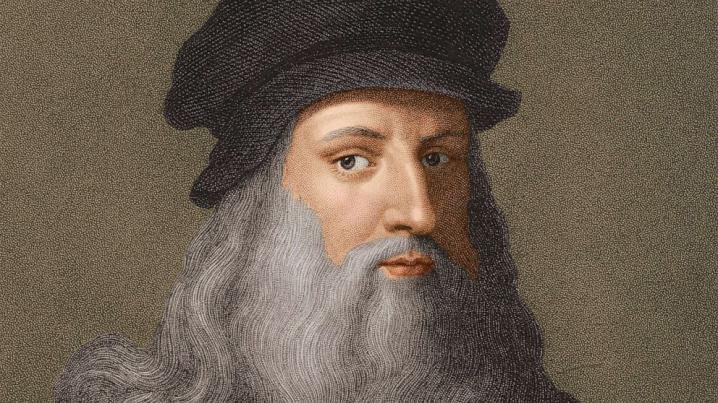Leonardo da Vinci

Leonardo da Vinci (1452–1519) is one of the most intriguing personalities in the history of Western art. Trained in Florence as a painter and sculptor in the workshop of Andrea del Verrocchio (1435–1488), Leonardo is also celebrated for his scientific contributions. His curiosity and insatiable hunger for knowledge never left him. He was constantly observing, experimenting, and inventing, and drawing was, for him, a tool for recording his investigation of nature. Although completed works by Leonardo are few, he left a large body of drawings (almost 2,500) that record his ideas, most still gathered into notebooks. He was principally active in Florence (1472–ca. 1482, 1500–1508) and Milan (ca. 1482–99, 1508–13), but spent the last years of his life in Rome (1513–16) and France (1516/17–1519), where he died. His genius as an artist and inventor continues to inspire artists and scientists alike centuries after his death.
Drawings
Outside of Italy, Leonardo’s work can be studied most readily in drawings. He recorded his constant flow of ideas for paintings on paper. In his Studies for the Nativity (17.142.1), he studied different poses and gestures of the mother and her infant, probably in preparation for the main panel in his famous altarpiece known as the Virgin of the Rocks (Musée du Louvre, Paris). Similarly, in a sheet of designs for a stage setting (17.142.2), prepared for a staging of a masque (or musical comedy) in Milan in 1496, he made notes on the actors’ positions on stage alongside his sketches, translating images and ideas from his imagination onto paper. Leonardo also drew what he observed from the world around him, including human anatomy, animal and plant life, the motion of water, and the flight of birds. He also investigated the mechanisms of machines used in his day, inventing many devices like a modern-day engineer. His drawing techniques range from rather rapid pen sketches, in The Head of a Man in Profile Facing to The Left (10.45.1), to carefully finished drawings in red and black chalks, as in The Head of the Virgin (51.90). These works also demonstrate his fascination with physiognomy, and contrasts between youth and old age, beauty and ugliness.
The Last Supper (ca. 1492/94–1498)
Leonardo’s Last Supper, on the end wall of the refectory of Santa Maria delle Grazie in Milan, is one of the most renowned paintings of the High Renaissance. Recently restored, The Last Supper had already begun to flake during the artist’s lifetime due to his failed attempt to paint on the walls in layers (not unlike the technique of tempera on panel), rather than in a true fresco technique. Even in its current state, it is a masterpiece of dramatic narrative and subtle pictorial illusionism.
Leonardo chose to capture the moment just after Christ tells his apostles that one of them will betray him, and at the institution of the Eucharist. The effect of his statement causes a visible response, in the form of a wave of emotion among the apostles. These reactions are quite specific to each apostle, expressing what Leonardo called the “motions of the mind.” Despite the dramatic reaction of the apostles, Leonardo imposes a sense of order on the scene. Christ’s head is at the center of the composition, framed by a halo-like architectural opening. His head is also the vanishing point toward which all lines of the perspectival projection of the architectural setting converge. The apostles are arranged around him in four groups of three united by their posture and gesture. Judas, who was traditionally placed on the opposite side of the table, is here set apart from the other apostles by his shadowed face.
Mona Lisa (ca. 1503–6 and later)
Leonardo may also be credited with the most famous portrait of all time, that of Lisa, wife of Francesco del Giocondo, and known as the Mona Lisa (Musée du Louvre, Paris). An aura of mystery surrounds this painting, which is veiled in a soft light, creating an atmosphere of enchantment. There are no hard lines or contours here (a technique of painting known as sfumato—fumo in Italian means “smoke”), only seamless transitions between light and dark. Perhaps the most striking feature of the painting is the sitter’s ambiguous half smile. She looks directly at the viewer, but her arms, torso, and head each twist subtly in a different direction, conveying an arrested sense of movement. Leonardo explores the possibilities of oil paint in the soft folds of the drapery, texture of skin, and contrasting light and dark (chiaroscuro). The deeply receding background, with its winding rivers and rock formations, is an example of Leonardo’s personal view of the natural world: one in which everything is liquid, in flux, and filled with movement and energy.
Source: metmuseum.org





